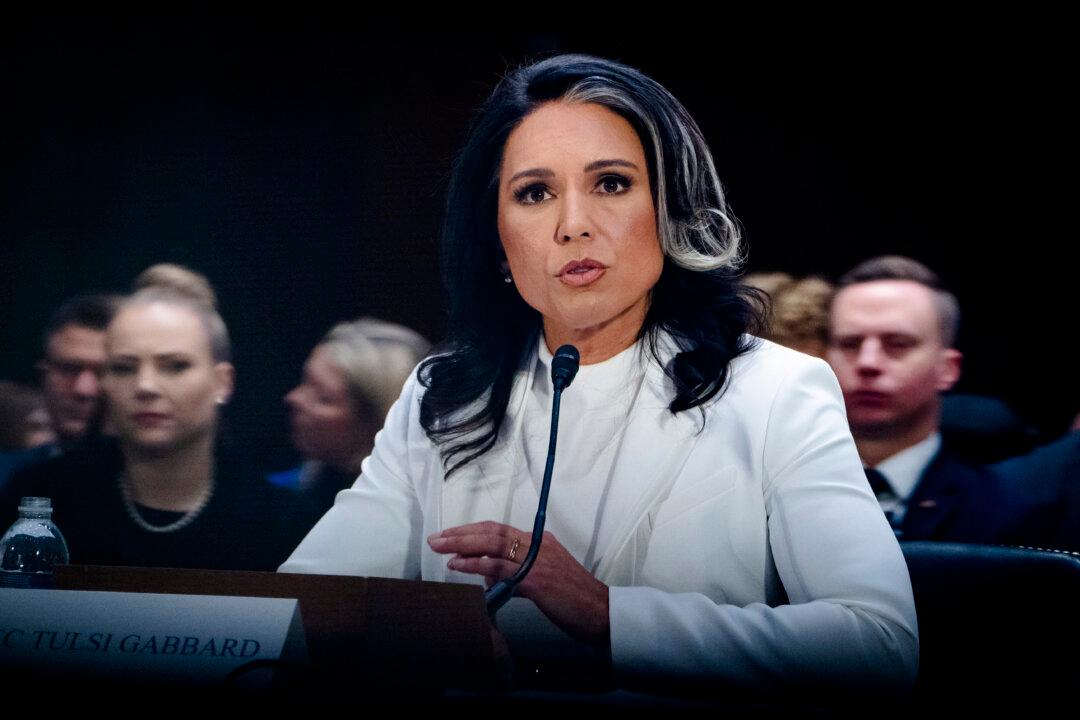NEW YORK—Realistic painting has a long and revered history going back to the ancient Greeks. Just as classic Greek and Roman art strove to depict the perfect form, artists of the high Renaissance revived classicism by painting beauty realistically.
Classicism emphasizes harmonious proportion, simple structure and asymmetry. The result is a natural beauty that is noble, dignified, and peaceful. Classical art is not only about realistic portrayals of natural objects but about presenting an ideal form and perfection, that is, art that portrays an eternal spirit and noble values.
For painters of the classical style, the perfect form embodies stillness, containment, and elegance. Inspired by ancient sculptures and artifacts discovered at the time, Renaissance artists saw how to depict both ideal beauty and realism. They incorporated this understanding in their work and created works of art that would set the standard for generations of painters to come.
Italian painters of the Renaissance set a high bar for artists throughout Europe who came to Italy to study the archaeological discoveries, as well as new techniques and knowledge. This gave birth to art academies that nurtured artists and passed down art techniques and knowledge.
Influenced by Flemish paintings, Antonello da Messina, properly Antonello di Giovanni di Antonio (c. 1430-1479), was the first painter to introduce oil painting techniques to Venice. The popularity of this technique later spread throughout Italy.
Now with an improved medium for oil painting Italian painters, known for their realistic techniques, were able to make greater strides in perfecting their output. The new oil paint also simulated new techniques. Venetian painters normally applied a layer of underpaint to condition the canvas and drew cartoons in the fresco style.
However, this approach darkened the work. With the help of oil paint, Leonardo daVinci utilized his unique chiaroscuro effect to achieve volume in modeling three-dimensional objects such as the human body and created a tender, peaceful and inspired effect.
As shown in the “The School of Athens,” fresco painter Raphael Sanzio learned from previous masters. Then, in his “The Small Cowper Madonna,” Raphael portrayed the most pure, beautiful image of Blessed Mary. His Madonna and Holy Child are noble and elegant. The Madonna’s clothing and accessories look very vivid and refined. In “Transfiguration,” painted in his later years, Raphael ingeniously melded two different scenes on one canvas. They echo each other. The vivid facial expressions and the body language of the figures draw in the viewer. With this painting, Raphael took Renaissance oil painting to another level.
Rich merchants commissioned Renaissance artists to create mural paintings. Large canvasses replaced panels, creating oil paintings of large proportion. This popularized canvas paintings throughout Europe and oil paint became the dominant medium because of its convenience and its wide range of expression.







